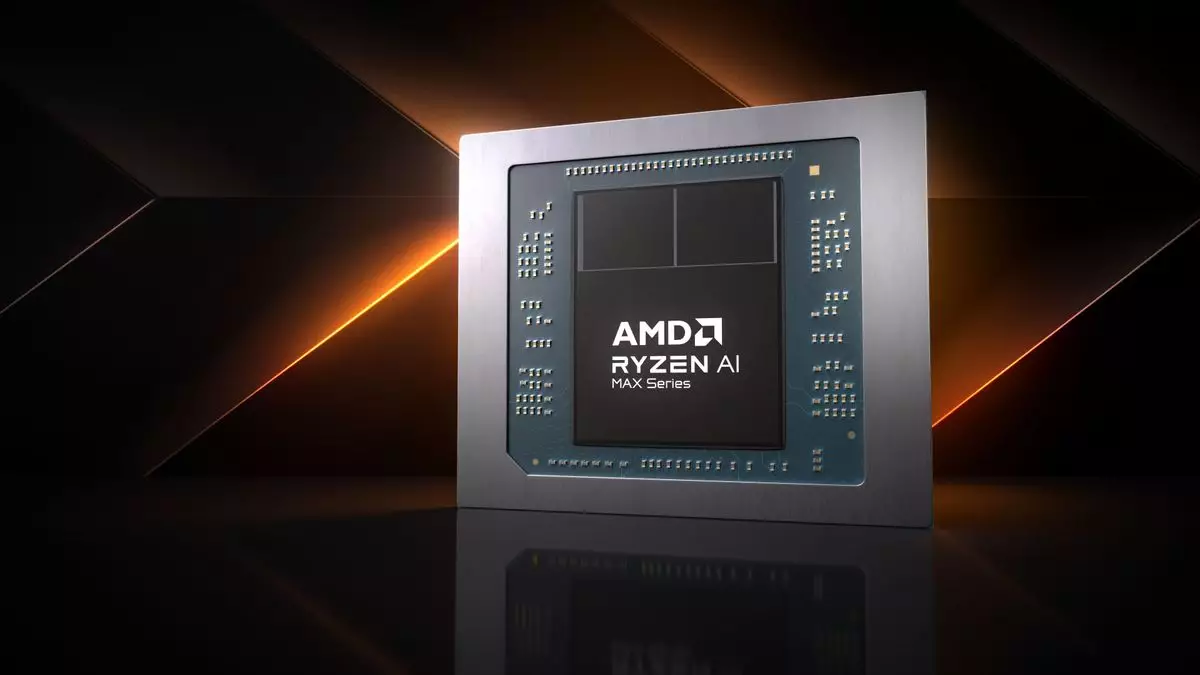The gaming landscape is continuously evolving, and semiconductor manufacturers are racing to provide the most powerful integrated solutions for laptops and tablets. Among those leads is AMD, with its new Strix Halo APU. Recent developments, particularly benchmark scores from 3DMark Time Spy, have offered insight into its capabilities, prompting mixed reactions within the tech community. This article dives deep into the implications of these scores, the integrated GPU’s potential, and what it all means for future devices.
AMD’s Strix Halo has recently been showcased through benchmark tests, particularly 3DMark Time Spy, revealing a GPU score of 10,106 and a CPU score of 5,571. These numbers provide critical data points for comparing the APU’s performance against existing graphics solutions. The GPU score places the Strix Halo ahead of the typical RTX 4050 scores, but it trails just behind the RTX 4060. This positioning suggests that while the APU has significant power, it may not fully meet the lofty expectations set by AMD when they hinted at performance akin to that of an RTX 4070.
Importantly, while the Strix Halo excels in integrated graphics, one must consider that benchmarks like 3DMark are merely one side of the performance coin. They provide a simplified view of a chip’s capabilities, often missing the broader range of performance expectations across different games. Thus, while striking figures can stir excitement, a more comprehensive evaluation across real-world gaming scenarios is necessary for a true assessment.
The initial performance metrics of the Strix Halo raise an essential question about AMD’s decision-making process. Given that the new APU is positioned to replace prior versions, notably with increased graphics cores, one would anticipate a notable leap in capability. However, the benchmark results indicate a performance closer to that of the RTX 4060 than the previously speculated RTX 4070, leaving some users disappointed.
Furthermore, while this integrated powerhouse showcases remarkable achievements in its right, it also illustrates the challenges AMD faces as it strives for balance in power consumption and output. Configurable wattage reaching up to 120W introduces considerable variability in performance based on system configurations. This aspect could lead to dramatic fluctuations, emphasizing the importance of optimized power management in mobile gaming solutions.
Distinct from other offerings, the Strix Halo makes use of AMD’s Zen 5 architecture and employs a novel interconnect system designed to enhance efficiency. This bespoke architecture indicates a significant engineering undertaking, as AMD aimed to achieve optimal performance without sacrificing battery longevity. The ability to operate within a smaller power envelope could result in longer battery life for devices, an increasingly important metric in today’s mobile-first world.
However, the technical complexity behind the Zen 5 architecture could lead to challenges in manufacturing and performance optimization, as it reportedly took several iterations to refine. Each design revision carries with it risks that have the potential to stifle a product’s launch or misalign expectations in the marketplace.
Despite the underwhelming benchmark outcomes compared to expectations, the Strix Halo’s performance does remain commendable for an integrated solution. For consumers weighing laptops and tablets against dedicated graphics units, AMD is paving the way for high-performance devices without resorting to heftier discrete graphics options.
As gaming laptops incorporate Strix Halo, with projects set to be unveiled by manufacturers like Asus, gamers may find the performance levels satisfactory for most contemporary gaming experiences, albeit not groundbreaking. Ultimately, future updates, optimizations, and actual gameplay testing will dictate how players perceive this device, aligning real-world applicability with initial benchmarks.
While the Strix Halo APU presents some exciting prospects for integrated gaming solutions, it also underscores the balance of performance and power consumption as critical components of future mobile computing. The world is watching closely to see AMD realize the full potential of this new architecture and how it will shape the future of portable gaming technology.

